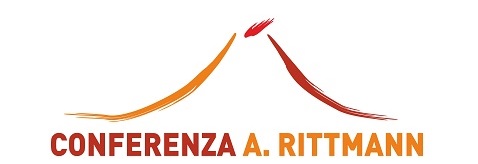Nell'ambito della conferenza Rittmann 2020 (https://www.conferenzarittmann.it/), che si terrà a Catania dal 12 al 14 febbraio 2020, vi informiamo che è stata attivata la sessione S15 - Submarine Volcanic Activity and Associated Hazards from multidisciplinary approaches. Vi invitiamo pertanto a partecipare, sottomettendo i vostri contributi entro il 30 Novembre 2019.
I responsabili della sessione sono:
- Alessandra Pensa (UniRM3)
- Annamaria Pinton (UniRM3)
- Salvatore Passaro (CNR)
- Riccardo De Ritis (INGV- UniRM2)
- Guido Giordano (UniRM3)
More than 75% of volcanic activity on Earth occurs underwater. Nevertheless, submerged volcanism remains almost under-explored; it's a real challenge to directly observe volcanic eruptive processes beneath ocean surface. Nowadays advances in submarine volcanism have been made thanks to new technologies: high-resolution bathymetric and geophysical data are the key to develop: 1) seafloor bathymetries (to map volcanic structures and deposits), to identify edifice evolution, to understand eruptive style and secondary sedimentary processes; 2) geological models about volcanic structure and feeding system. Furthermore, hydrothermal fluid emissions analysis, with dragged samples, partially allow identification of magma properties and compositional variation. Although it is rare to witness an underwater eruption, seafloor volcanic activity becomes a problem when occurs not far offshore in shallower waters representing a real hazard to islands and coastal communities. Therefore, collecting information about underwater volcanic edifices is essential for risk assessment. We strongly believe that only a multidisciplinary approach can overcome the difficulties of describing accurately what happens below the surface. Therefore, the proposed session aims to gather researchers from multiple disciplines exploring the multiple aspects of underwater studies, to propose and show new approaches, the so-far achieved results and on-going works. The joined discussion of all these aspects can positively affect our knowledge of submarine volcanic activity.

